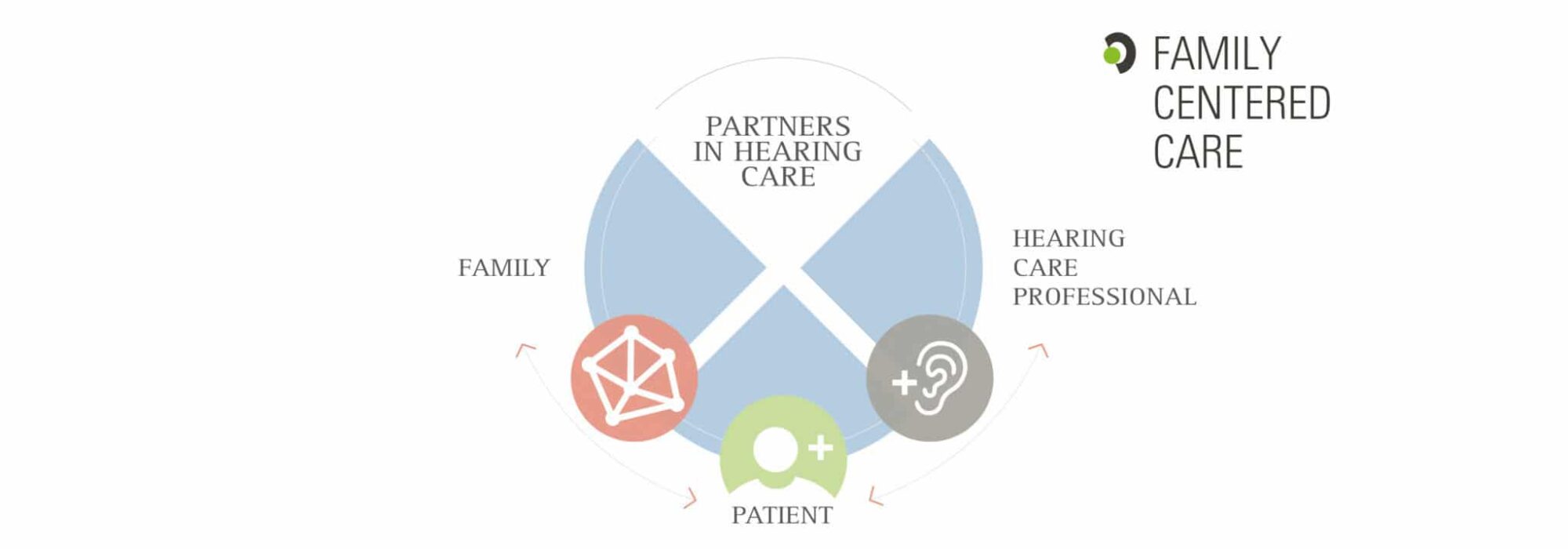Trick Strategies For Attending To Acoustic Processing Issues In Dyslexia Can Transform Discovering Experiences-- Discover What Strategies Can Truly Promote Success And Confidence
Trick Strategies For Attending To Acoustic Processing Issues In Dyslexia Can Transform Discovering Experiences-- Discover What Strategies Can Truly Promote Success And Confidence
Blog Article
Learn Alot more -Bank Sykes
When you consider the obstacles that dyslexic students encounter, it's clear that auditory handling problems typically play a substantial role. You might wonder how tailored strategies can bridge the gap in between acoustic guidelines and understanding. By integrating visual aids and breaking tasks into manageable steps, you could boost focus and understanding. Nevertheless, the solutions don't stop there. What various other techniques can develop a really helpful learning environment that promotes success and confidence?
Comprehending Dyslexia and Auditory Handling
Dyslexia affects approximately 1 in 5 people, making it one of the most usual learning disabilities. If you're navigating dyslexia, you could find that it doesn't just effect analysis and writing; it can also influence just how you process auditory information.
Auditory processing refers to how your mind interprets sounds, consisting of language. When you have problem with this, it can lead to difficulties in understanding talked instructions and complying with discussions.
You could discover that you commonly misunderstand what you hear or that it takes longer for you to react in discussions. This isn't a representation of your knowledge; it's a particular trouble pertaining to processing acoustic signals.
Comprehending this connection is crucial since it aids clear up why you may excel in visual tasks while encountering obstacles in jobs that count on acoustic comprehension.
Identifying these difficulties can empower you. By understanding the ins and outs of dyslexia and auditory handling, you can much better support for your needs, whether in educational settings or social situations.
It's necessary to acknowledge these concerns so you can seek the appropriate assistance and approaches in the future.
Efficient Techniques for Support
Navigating the difficulties of auditory handling can really feel overwhelming, but there are effective techniques that can assist you grow.
By carrying out these methods, you can enhance your understanding experience and enhance your capacity to process acoustic details.
- ** Make use of visual help **: Combining acoustic instructions with aesthetic assistances, like charts or layouts, can dramatically enhance comprehension.
- ** Damage tasks into smaller sized steps **: Simplifying directions right into manageable chunks enables you to concentrate and refine details more effectively.
- ** Practice energetic listening **: Engage in workouts that urge you to pay attention diligently, such as summarizing what you've listened to or asking inquiries for clarification.
- ** Incorporate modern technology **: Make use of applications or software application made to assist with acoustic processing, such as speech-to-text tools or audiobooks, to enhance learning.
Creating Encouraging Knowing Settings
Producing an encouraging discovering environment is crucial for assisting people with auditory handling obstacles do well. Beginning by lessening diversions in your classroom or learning room. Usage acoustic panels or soft home furnishings to take in noise, which can assist pupils concentrate far better. Make certain seating plans permit clear sightlines to the teacher and any kind of aesthetic help.
Next off, include clear and succinct communication. Speak slowly and use basic language, checking for recognizing often. Encourage executive processing to ask concerns if they're unsure. Visual aids like charts, representations, and written guidelines can improve comprehension and retention.
In addition, promote a society of perseverance and understanding amongst peers. Instruct pupils about auditory handling concerns, advertising compassion and support. Team activities can be useful; simply ensure that functions are clear and that trainees collaborate to sustain each other.
Lastly, offer routine feedback. Commemorate progression and achievements, regardless of exactly how little. This motivation builds confidence and strengthens the concept that learning is a journey.
Verdict
In your journey to boost learning for people with dyslexia, consider each technique as a tipping stone throughout a river. By weaving with each other acoustic and visual aids, damaging tasks into bite-sized pieces, and supporting an encouraging environment, you assist create a bridge to understanding. Remember, fostering empathy amongst peers and engaging families can light the path to success. With persistence and dedication, you'll encourage students to overlook difficulties, changing their struggles into staminas.
